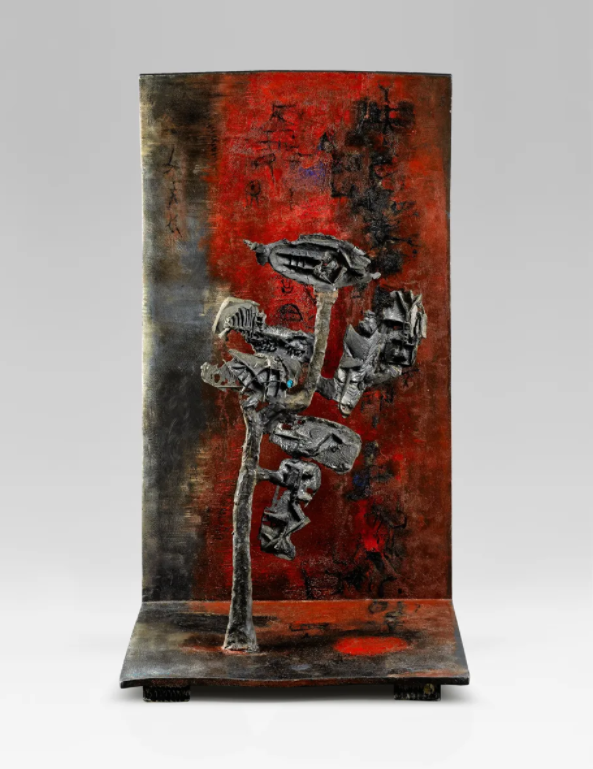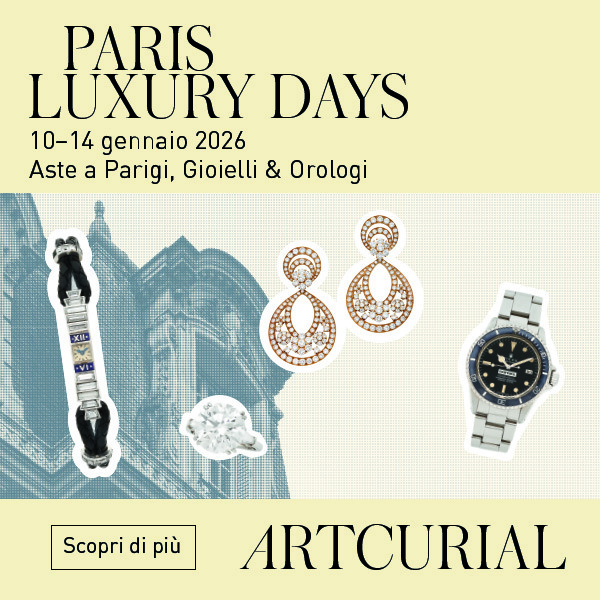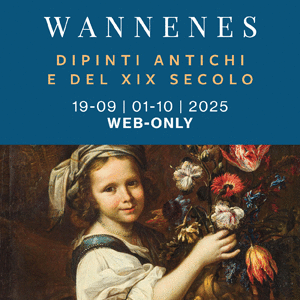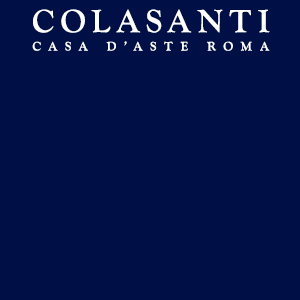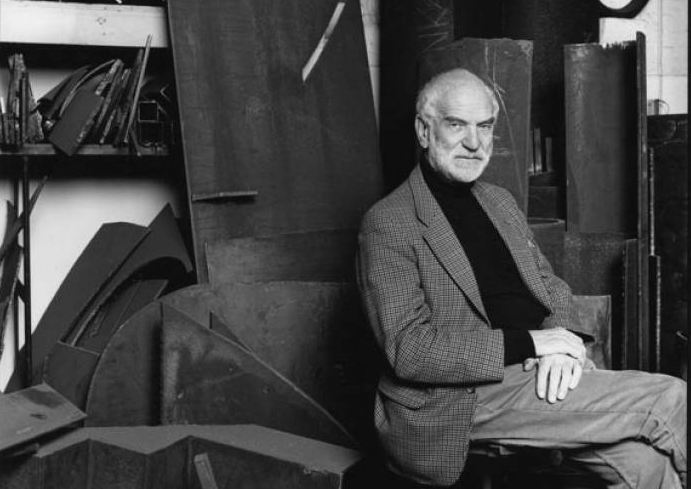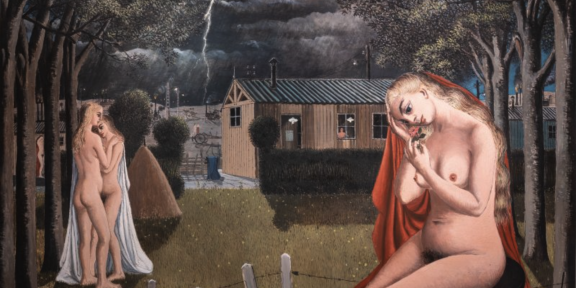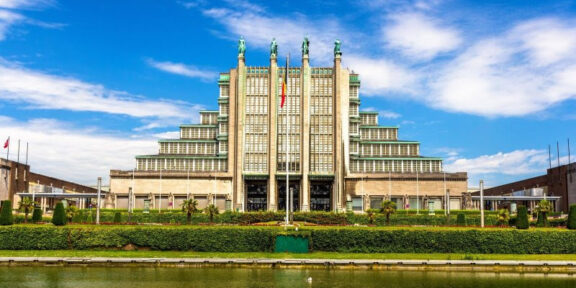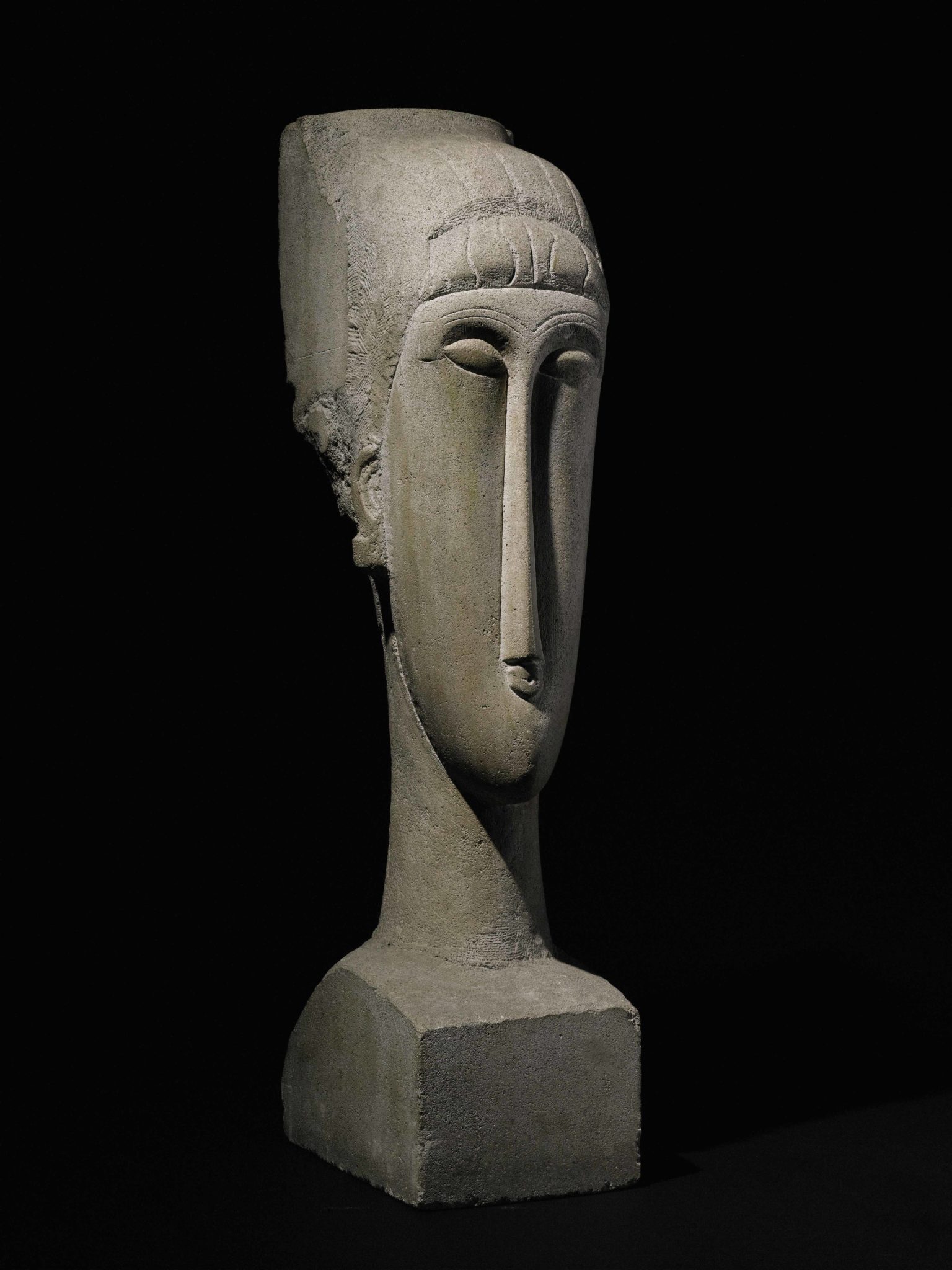Soprannominata l’Uragano per la forza e l’essenzialità delle sue sculture e per il passionale uso del colore, a Germaine Richier viene dedicata una retrospettiva dalla Galleria de la Bèiraudière di Bruxelles. La mostra, dal titolo Germaine Richier and colour, mette in risalto il suo operato artistico ed il tormentato profilo umano. Dal 25 gennaio al 29 aprile 2022.
“Quando il gesto creatore è così acuto, perfino lacerante come quello di Germaine Richier, è difficile non parlare di arte crudele e spero che lei mi vorrà perdonare il termine”. Così lo scrittore surrealista A. P. de Mandiargues descriveva la creatività dell’ artista francese Germaine Richier.
Nata a Grans nel sud della Francia nel 1904, frequenta la scuola di Belle Arti della vicina Montpellier, si forma a Parigi alla scuola di eleganza formale di Antoine Bourdelle fino al 1929, anno in cui sposerà lo scultore Otto Banninger. Nel ’34 la prima mostra alla galleria Kaganovitch di Parigi, nel 1950 il suo Cristo Crocifisso provoca scandalo quando viene installato nel Coro della Chiesa dell’altopiano di Assy in Alta Savoia. Sono gli anni dell’apprendistato sui tradizionali temi neo-classici che nel ’36 le valgono il premio Blumenthal.
Ma questa statuaria di un naturalismo apparentemente perfetto corrisponde solo in parte al suo temperamento. È un po’ “la calma che precede la tempesta”. La dichiarazione di guerra la coglie a Zurigo dove decide di restare; e qui tiene dei corsi di grande successo. A partire dal 1940 traduce in arte il suo disagio di fronte alla guerra. Elabora visioni tragiche di una società in decomposizione, plasma uomini e animali informi, pietrificati, creature fantastiche di un’epoca indefinibile, ma che in realtà appartengono al periodo storico vissuto dall’artista. La guerra rivoluziona il suo modo di esprimersi.

La sua opera comincia a muoversi sulla linea di una ricerca intensa ed esigente: è il periodo in cui sviluppa un naturalismo non privo di una vena surrealista sulla scia di Giacometti e vicino alle problematiche informali. Come La Mante grande, bronzo del ’46; o L’araignee, caratterizzata da forme di vita ibride dotate di fili tesi e incrociati che tendono a prolungare l’opera nello spazio. La vita si concentra in forme e segni che sprigionano una grande accumulazione di energia. Delinea così uno dei temi dominanti della sua scultura, la metamorfosi, che permette all’artista di accentuarne la tensione dinamica.
Mondi che mal si adattano fra loro – quello umano, quello animale, quello minerale, quello vegetale – vengono unificati dall’artista. Nella materia tormentata, scabra, consunta e servendosi di materiali come il bronzo, il gesso e il vetro colorato, nelle sue tipiche forme allungate e corrose, concentra mondi diversi in un tentativo allucinato di rappresentare l’invisibile, l’inconoscibile. Rimane comunque la realtà la sua fonte di ispirazione, nonostante il suo particolare realismo sembra conscio dell’impossibilità di rapresentarla appieno.
Esiste però, sembra dirci l’artista, la possibilità di reinventarla in forme nuove, metamorfizzate. L’ouragane ’48-49, l’Orage, Le Pentacle ’54, l’Hydre ’54: bronzi tragici e massicci rappresentano con la loro pesantezza il momento della caduta degli ideali, frantumati da una guerra che ha distrutto certezze e speranze. Ma questi corpi sono “solidamente ancorati alla terra, come se il loro peso fosse una garanzia definitiva a tutte le burrasche del vento e della vita, esistono alla maniera degli alberi, autonomi, fragili ed eterni”.
La morte la coglierà all’improvviso (muore a Montpellier nel ’59) nel pieno di una ricerca sul movimento, che aveva già prodotto opere come Les Echiquiers ’59 e La Montagne ’55-56. Se di riconciliazione si può parlare tra uomo e natura, la sua rimane comunque una ricerca e un approdo disperati e solitari, spogliati di ogni carattere celebrativo.

